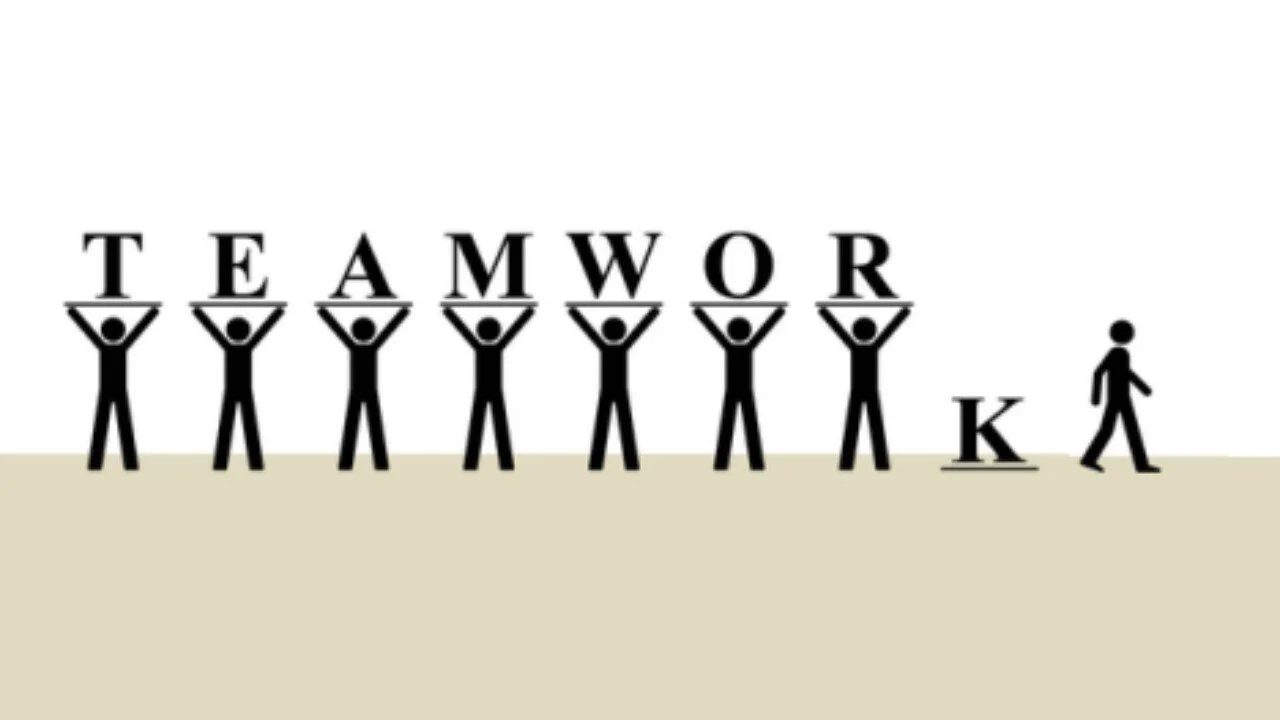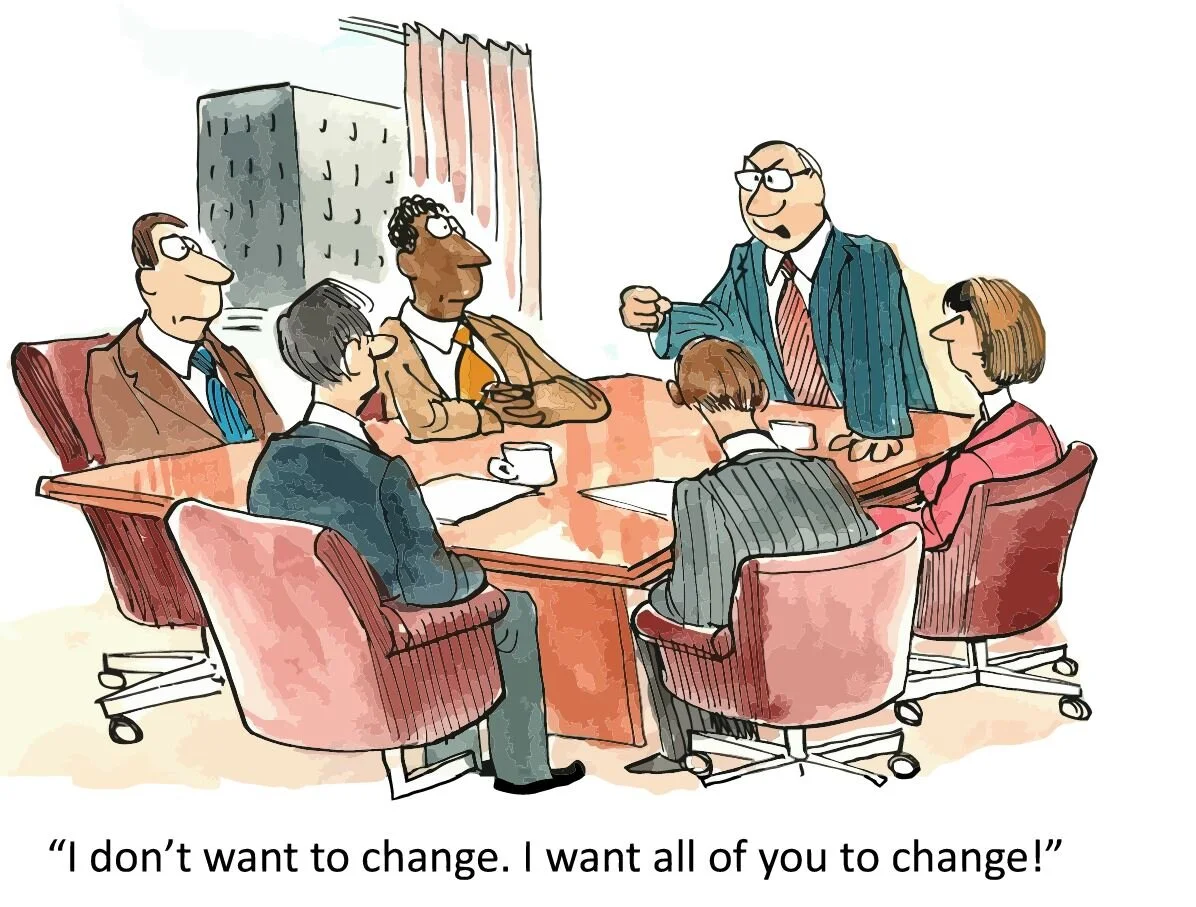The Truth About TEAM DYSFUNCTION
There’s no such thing as “team dysfunction.”
There are three rules I follow when confronted with a so called dysfunctional team that can be summarized into one idea: it’s always a problem with the manager.
From time to time someone approaches me to talk about a “dysfunctional team” that they are part of or dealing with. Just like the word “team”, people use the word “dysfunction” liberally and can mean various things by it. In my 25+ years working with teams, I’ve learned some lessons about team dysfunction, most importantly that it isn’t what I assumed it was.
My Lesson From Mars on Team Dysfunction
Several years ago, I was asked by a Mars HR manager, Carla, to work with a finance team she described as “really dysfunctional.” She explained that they were having problems with trust, or rather, mistrust. I told her I’d look into it and immediately began to do what I do: I gathered data starting with team member interviews. As we were based 700 miles away from each other, I conducted these individual interviews over the phone.
I was a few minutes into my third team member interview when an unmistakable pattern emerged: people were breaking into tears when asked how things were going in the team. It was clear there was a problem here. As I explored what was behind their tears, the major cause cited was their boss. He was petty, vindictive and given to playing team member off each other in ways that left them feeling shamed and exposed.
After that third interview, I called Carla and told her there was a problem but it wasn’t a team problem. This was a problem with the leader, plain and simple. She sighed and said, “Yes, I know, and it’s been a problem for a while.” Based on my experience with similar situations, I suggested they needed to intervene with the leader before doing anything with the team. She agreed, hesitatingly, and said she’d get back to me.
First, Is this really team dysfunction, or an individual problem?
A few weeks later Carla called to tell me they had hired a coach for the leader. A good step, I thought. I suggested that they give the coaching at least three months and then survey team members anonymously to determine if the leader’s behaviors were changing. Again, she agreed.
A few months later Carla called back telling me that the coach was recommending that instead of an anonymous survey, they do a facilitated face-to-face team feedback session for the leader. I knew it was a bad idea and I told her so. Team members had told me they’d given their boss feedback one-to-one in the past and he’d made them pay for it by publicly ridiculing them. They were scarred by this behavior and not likely to offer feedback so publicly. She acknowledged my concern but said the coach/consultant insisted it was a necessary step at this point.
It turns out this coach was also - no, primarily - a team effectiveness consultant who specialized in team feedback sessions. You know the old saying, “If the only tool you have is a hammer, it’s amazing how everything starts to look like a nail.” I reiterated my warning about this one-tool consultant’s plan and our conversation ended. I was left with a feeling of foreboding.
Carla called again a couple of weeks later to say that despite her trying to stop it, the team feedback session was about to run. It was planned to last two days. I soon learned that three hours into the first day the team walked out.
Get the individual the right help before addressing the entire team
The team leader hadn’t changed even a little since the coach was hired. Despite this, he told his team that the “adult thing” for them to do was to offer him constructive feedback in an open session. They were having none of it.
By leaving the workshop early, they risked accusations of insubordination. They felt it was worth it not only to protect themselves but to make a point to an organization that didn’t seem to get it. This guy was trouble not just for them but for anyone in the business that he worked with. Their walkout worked. About a month later, the leader was let go.
Several years ago as I was designing a module on team effectiveness for Mars University, I reflected on this episode and others like it. There had been times when I hadn’t been wise enough to say, “No” to doing the work and ended up regretting it. What I eventually realized was that dysfunction in a team is rarely the group-level problem we assume it is. Most supposed team dysfunction, like the case of the finance team, stems from problems with a single individual.
The 3 Rules to address team dysfunction
This realization led me to three simple cardinal rules I now follow without exception.
1. If team dysfunction is the preliminary diagnosis, check thoroughly for an individual performance problem that hasn’t been addressed and then address it first. In the case of the Finance team, the manager was a problem desperately needing attention and action.
2. Never do what that hammer-wielding consultant tried to do. That is, don’t use a team intervention to address an individual performance problem. I made this mistake with a team in Canada a few years before Tennessee incident and swore Id’ never do it again. Again, it was the leader who was the issue but in a different way. He was a great guy, knowledgeable and friendly, who had been promoted before he was ready. As he struggled to figure out how to do a job he wasn’t prepared for - heading up a large factory - he lost the confidence of the team he was leading. The company flew me up to help “the team.” As with the finance team I just discussed, within a few hours of our session starting, we had to stop the process. Fortunately, everyone stuck around and together we rethought things.
In scenarios like the one in Canada everyone involved feels unfairly treated. The person who is the nexus of the problem feels they are being put on the spot while the rest of the team is invited to gang up on them to “fix” them. The team feels as if it’s being asked to do management’s job of addressing the individual performance matters. It’s a no-win situation that never works. What to do instead? See Rule #1 above and root out the individual issue first.
It’s always the team leader/Manager
Finally, Rule #3 - It’s always the manager. Even when it’s an individual member of the team whose performance is causing the disruption it’s on the manager to address it. Imagine a team member who isn’t reliable, capable or both, who is letting their teammates down regularly. The team grudgingly adjusts to accommodate them, they create work-arounds to avoid having to involve a person they can’t count on. Then the chatter behind the back begins, people whispering to each other about their resentment or even anger towards their failing teammate and towards their manager who’s done nothing to correct matters. A problem with one person quickly starts to look like team dysfunction
So, when you come across so-called team dysfunction, keep these three rules in mind.
It’s almost always an individual performance problem
Never use a team intervention to try to fix an individual performance problem
It’s always a problem with the manager
Follow this guidance and you’ll save yourself and those you support time, money and aggravation.




